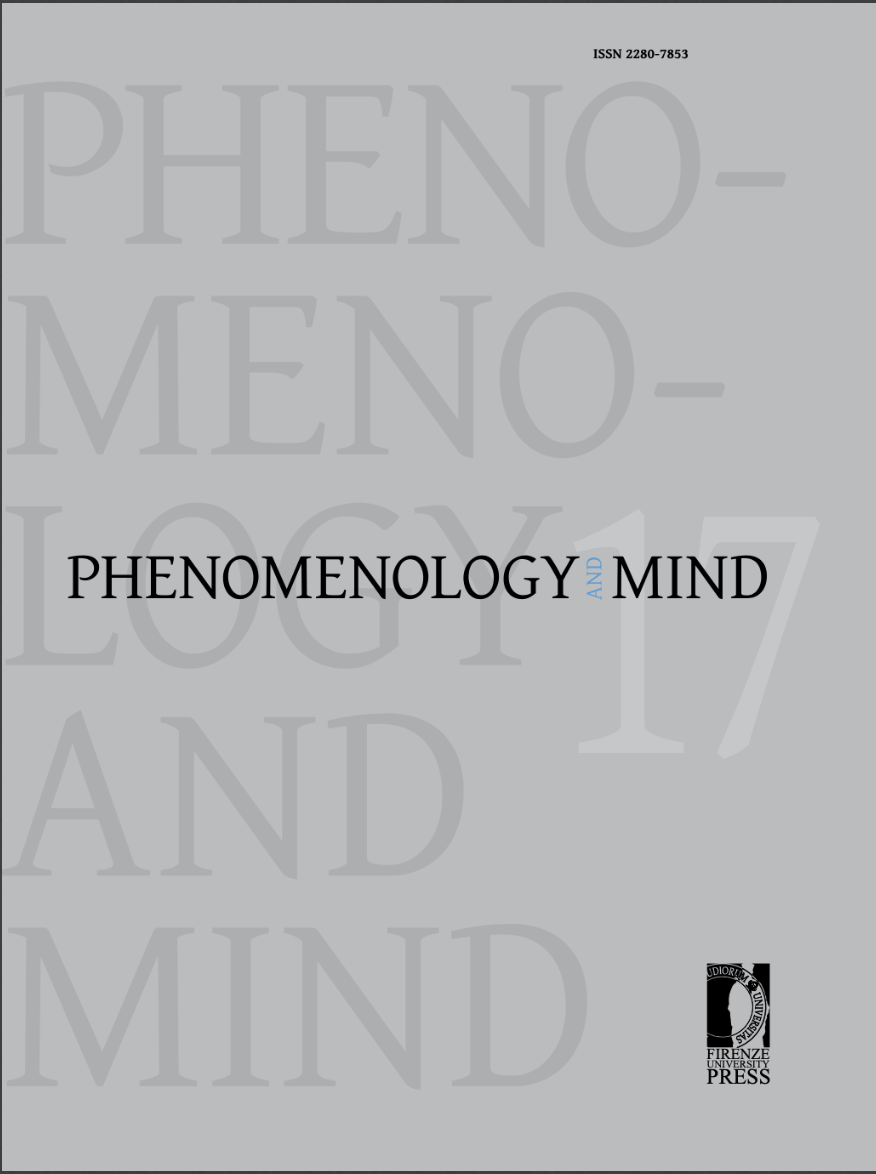Published 2017-01-03
Keywords
- cognitive phenomenology,
- phenomenal intentionality,
- perception,
- imagination
How to Cite
Abstract
Participants in the cognitive phenomenology debate have proceeded by (a) proposing a bifurcation of theoretical options into inflationary and non-inflationary theories, and then (b) providing arguments for/against one of these theories. I suggest that this method has failed to illuminate the commonalities and differences among conscious intentional states of different types, in the absence of a theory of the structure of these states. I propose such a theory. In perception, phenomenal-intentional properties combine with somatosensory properties to form P-I property clusters that serve as phenomenal modes of presentations of particulars. In imagination, somatosensory properties are replaced with phenomenal-intentional properties whose intentional objects are somatosensory properties, thus resulting in imaginative facsimiles of perceptual P-I property clusters. Such structures can then be used as phenomenal prototypes that pick out individuals and kinds. Sets of such prototypes constitute a subject’s conception of individuals and kinds. Combined with a few additional elements, these imaginative P-I property clusters serve as the building-blocks of conscious cognitive states. Different ways of carving up theoretical space classify my theory either as inflationary or as non-inflationary. I conclude that the theory is anti-inflationary in letter but inflationary in spirit.

